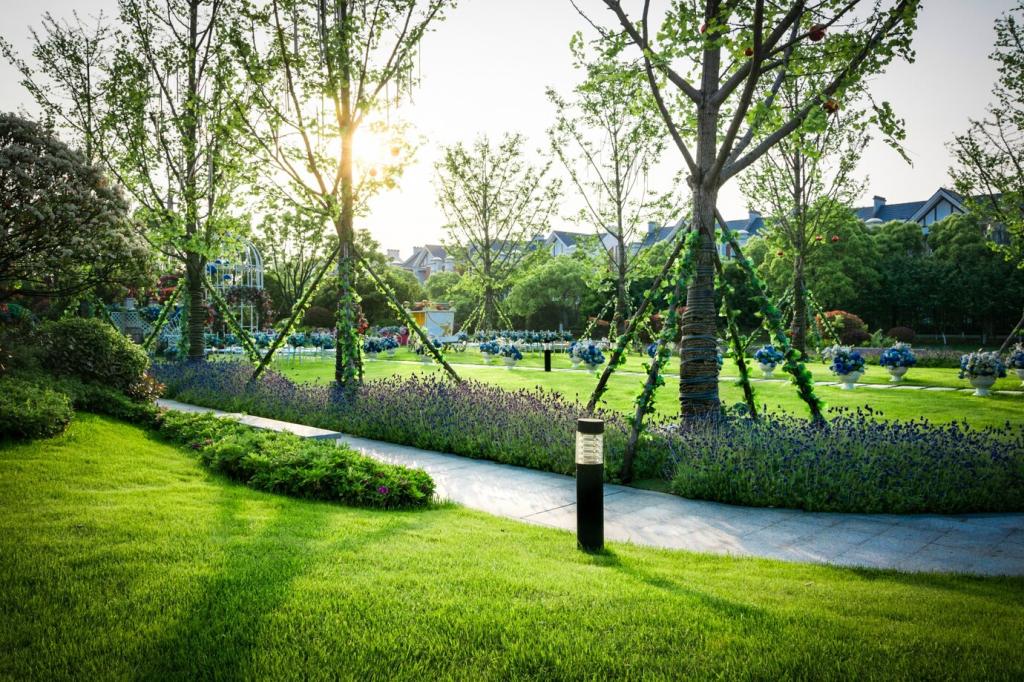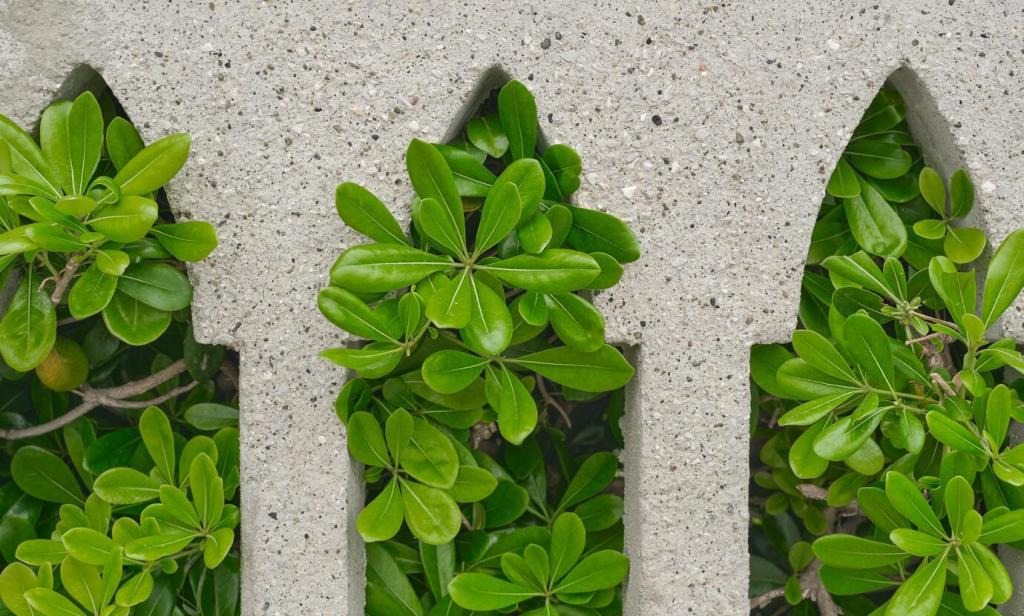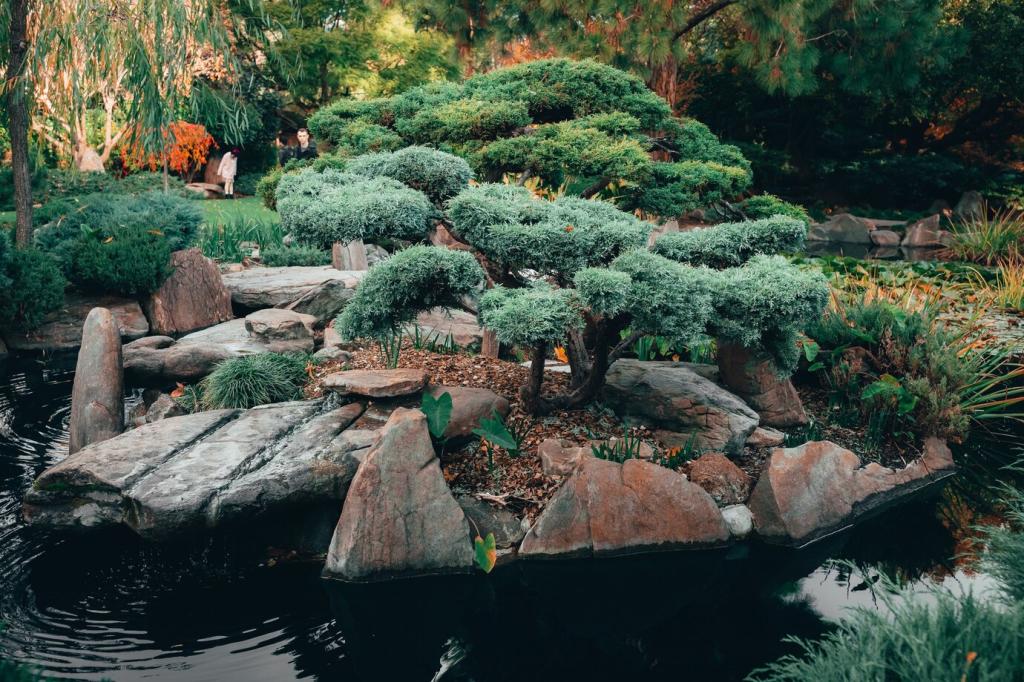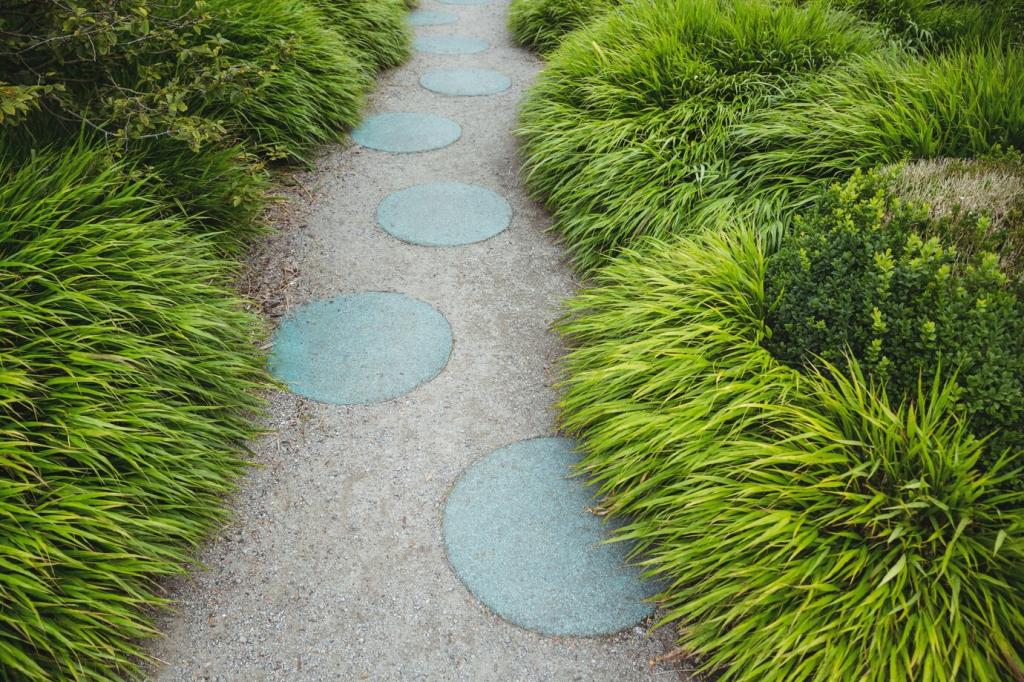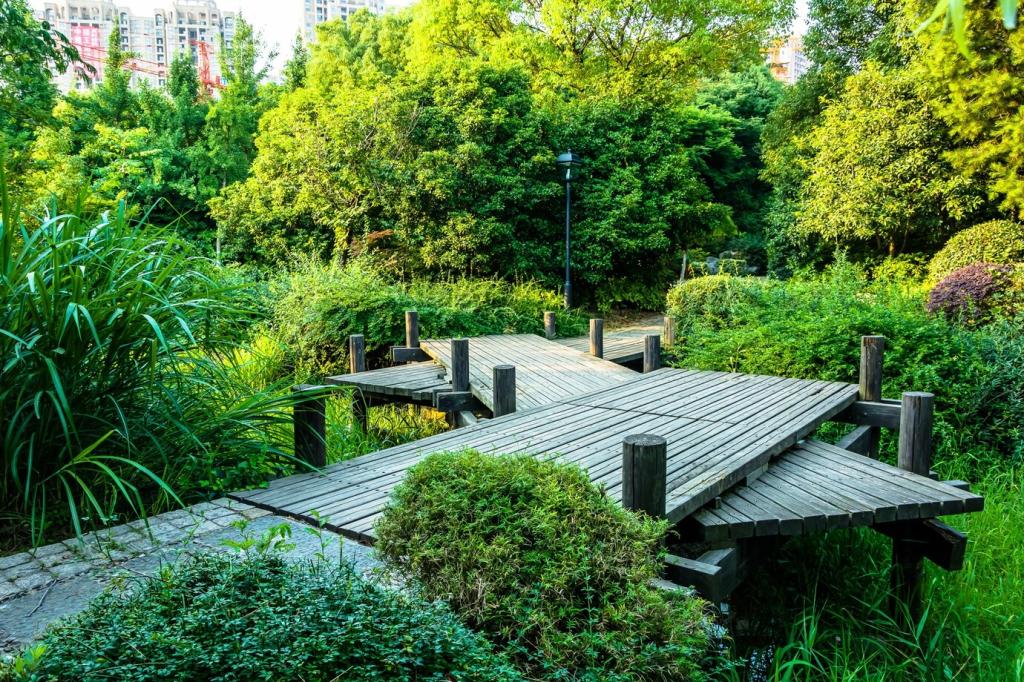Seasonal Care That Multiplies Habitat Value
Water deeply but infrequently to drive roots downward. Delay cutbacks until temperatures consistently exceed 50°F to safeguard dormant pollinators. Tell us when you spot the first native bees, and we’ll help tune your early-season care routines.
Seasonal Care That Multiplies Habitat Value
During hot spells, prioritize new plantings and shade bare soil. Replace any failing plants with different species to broaden niches. Post a weekly wildlife log—your observations help us compile bloom and visitation calendars for subscribers.


